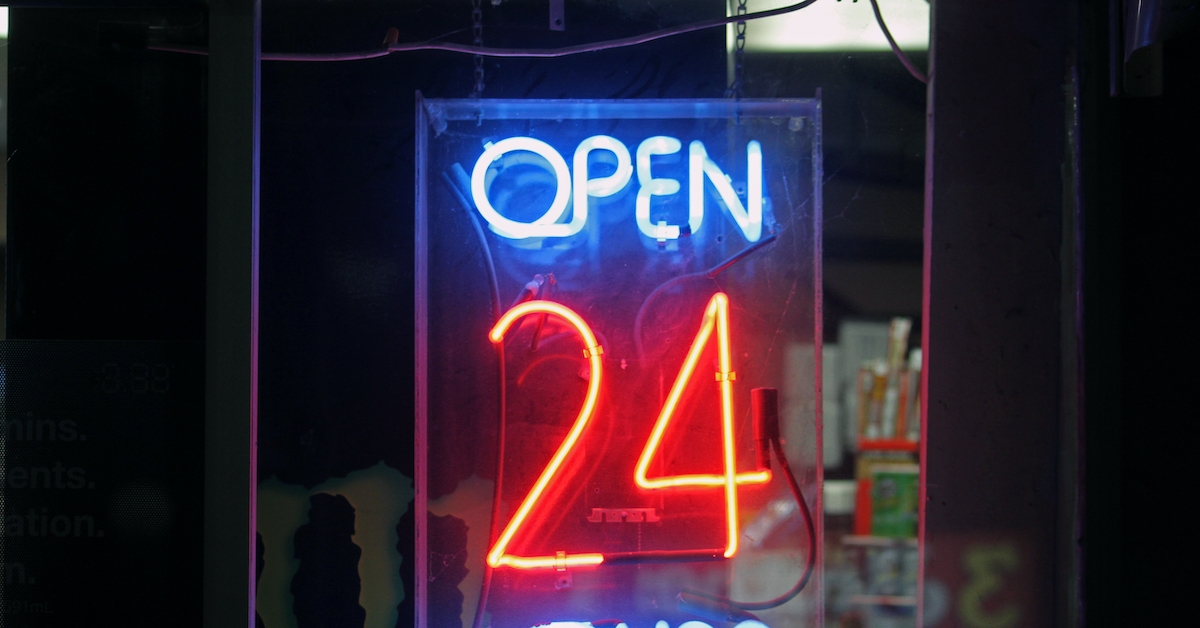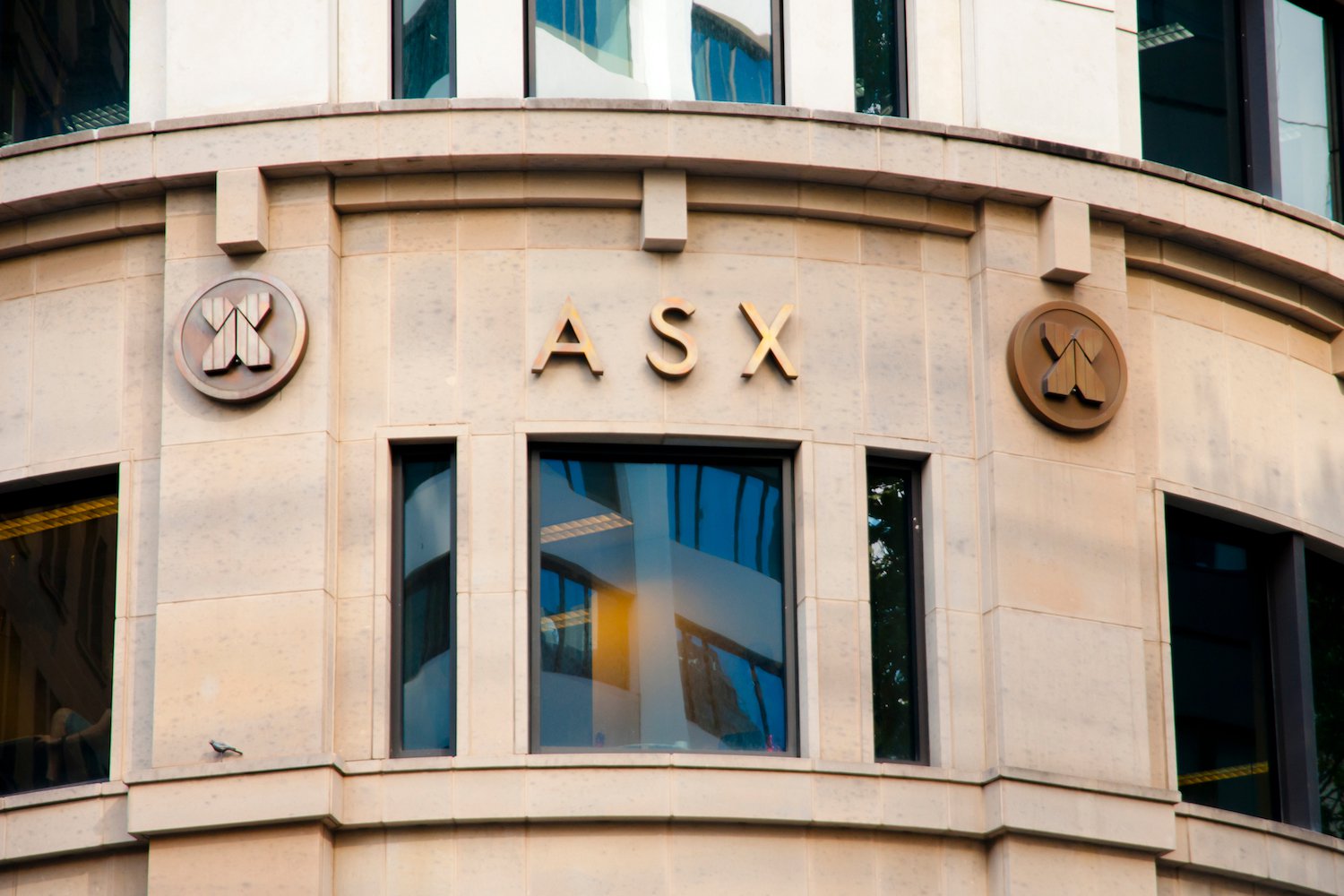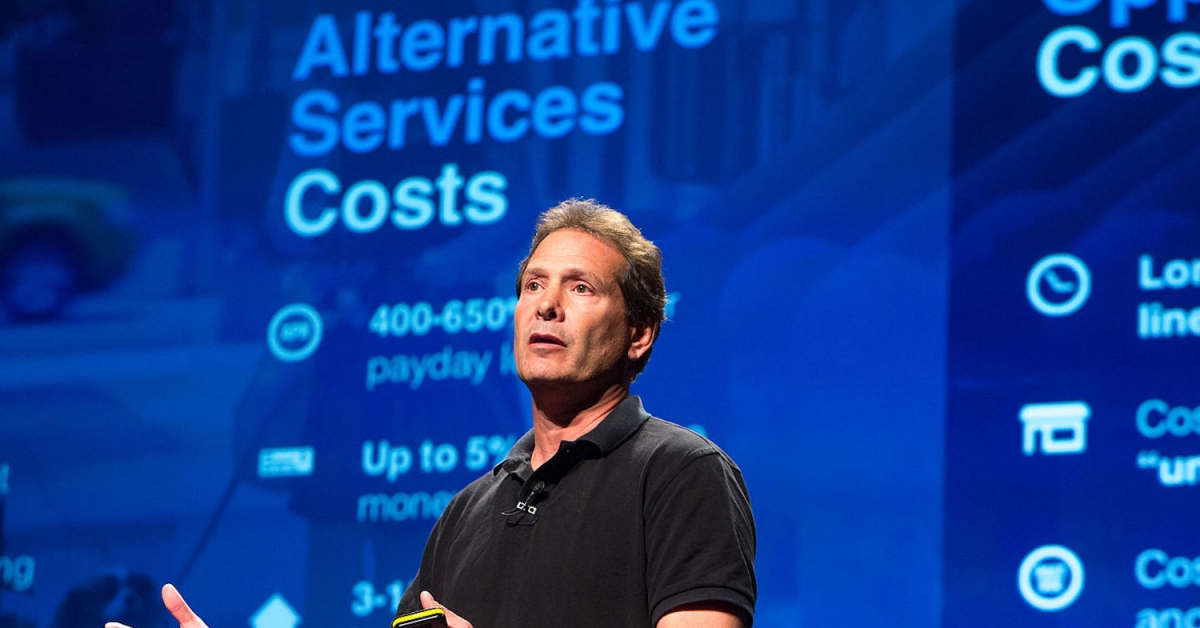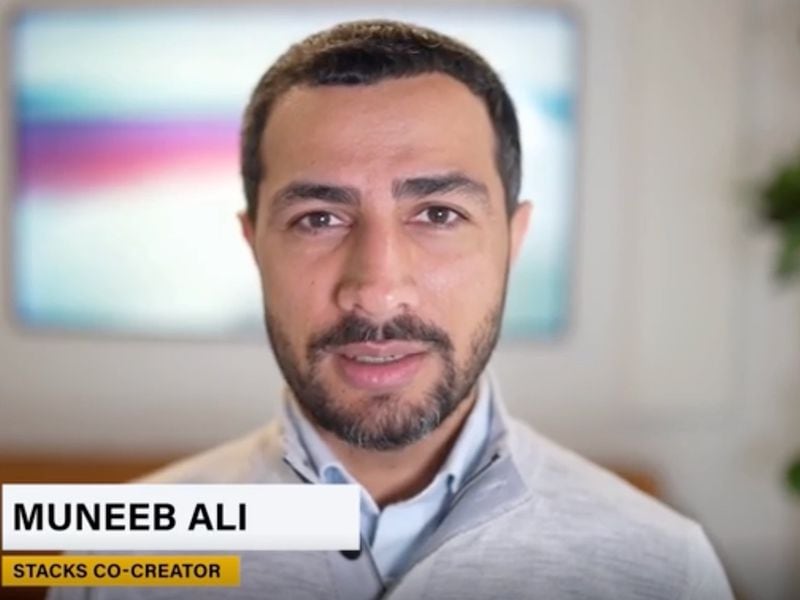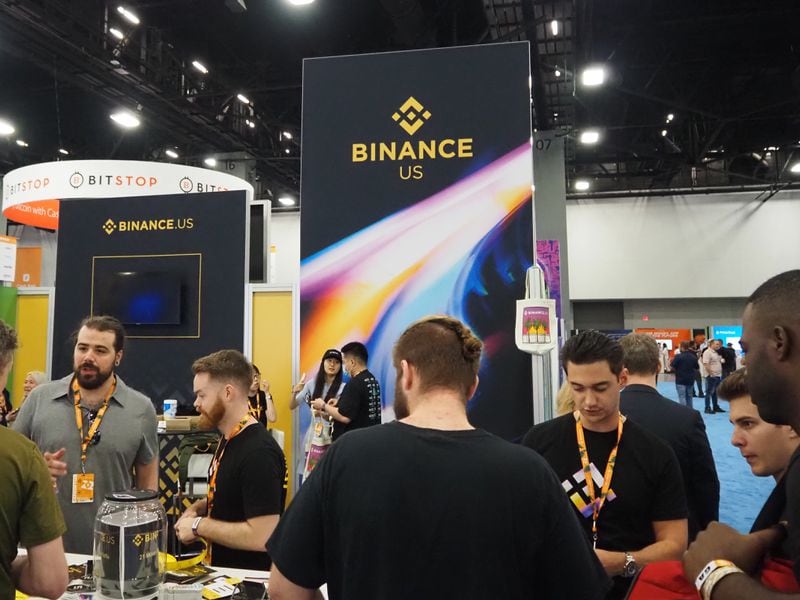The Protocol: Blockchain Tech Predictions for 2024, Er… Best Guesses
/arc-photo-coindesk/arc2-prod/public/LXF2COBSKBCNHNRE3WTK2BZ7GE.png)
This year’s crypto-market doldrums brought little respite from the announcements, product rollouts, integrations, partnerships, collaborations, fundraisings, launches, deployments, migrations, transitions. There’s a lot of information, all quite technical and complex; as hard as it can be to catch up, keeping up is equally daunting. Imagine piloting a spaceship through a dense asteroid field while playing a game of Concentration with the individual asteroids; pattern recognition might be your only hope. A few key 2023 trends were broadly foreseen by the experts. Many weren’t. Truth be told, nobody really knows where all of this is going.
BUT why not try? At least? Check out The Protocol’s FIRST ANNUAL list of blockchain tech predictions for the coming year.
ALSO: Ledger lamentations and Bitcoin’s Ordinals ordeal.
This article is featured in the latest issue of The Protocol, our weekly newsletter exploring the tech behind crypto, one block at a time. Sign up here to get it in your inbox every Wednesday. Also please check out our weekly The Protocol podcast.
Network news
THE PROTOCOL’S FIRST ANNUAL LIST OF BLOCKCHAIN TECH PREDICTIONS: Out of all the roadmaps, tea leaves and best guesses inundating our inbox over the past couple weeks, we curated 10 prognostications from blockchain tech gurus for the coming year. Yes, it’s brain-hurting stuff, and maybe some of it will happen. We’ve got decent sources at least. Ripple Labs’ David Schwartz sees “interoperability” as a dominant theme; Abdelhamid Bakhta, lead and core Ethereum developer, Starknet ecosystem, likes “modularity.” Go here for the full list.
-
Exploit at Ledger, the hardware wallet maker, upends DeFi, by Oliver Knight. (
Link
)
-
What we know about the Ledger hack, by Daniel Kuhn. (
Link
)
-
Galaxy Research’s Lucas Tcheyan: “The fact that an exploiter was able to hack Ledger through a former employee demonstrates a lack of proper credentials management and could lead to more scrutiny into the rest of their security practices.”
-
Bankless newsletter: “According to Ledger, no users’ private keys were at risk, but this event serves as a reminder for the need to prioritize security around one’s crypto holdings. As a basic rule, it is seen as wise to utilize one wallet for strictly holding assets and another for interacting with decentralized applications.”
-
P.S.: On Wednesday the official Ledger account on X
posted
that “we are aware of approximately $600K in “assets impacted, stolen from users blind-signing on EVM DApps.” The company added: “Ledger will make sure victims affected will be made whole, and are committing to work with the DApp ecosystem to allow Clear Signing, and no longer allow Blind Signing with Ledger devices by June 2024.”
-
Once-struggling Solana Saga phones
started flying off the shelves
at a retail price of $599 after crypto traders realized they could qualify for
BONK
token airdrops worth nearly $700. Sellers of the phones on the online marketplace eBay quickly
jacked up prices
for the phones, with some of them going for upwards of $2,000 apiece. Other Solana-based projects soon
piggybacked on the sensation
.
-
Ethereum co-founder Vitalik Buterin, who
argued three years ago
for pushing more of the blockchain’s computational load onto affiliated networks known as “layer-2 networks” or “rollups,” outlined a plan to take some of the functions back onto the main chain.
-
Polygon
stops work
on ‘Edge,’ used to build Dogechain, as focus turns to ZK.
Protocol Village
Highlighting blockchain tech upgrades and developments.
1. Avail, a rival to Celestia in the race to offer data solutions in the Ethereum blockchain ecosystem, reached agreement with top developer Starkware to play a key role in new networks starting next year. Under the agreement disclosed Wednesday, Avail will provide its “data availability” solution to new application-chains built using Starkware’s Madara, a so-called decentralized sequencer. Starkware is the main developer behind StarkNet, a leading layer-2 blockchain in the Ethereum ecosystem.
2. Lyra V2 has built its own custom chain on the Optimism stack, according to the team: “Lyra now offers ultra fast trading and execution and continues to be fully custodial and keeping all funds and financial logic on-chain. Lyra V1 accounted for 60% of the decentralized options volume, trading over $1.5bn in notional volume. Lyra V2 has upgraded to a professional-grade UX and is beginning to target centralized exchange users with its new protocol. Key features: portfolio margin, cross-asset collateral, gasless transactions.
3. Stellar, the layer-1 blockchain, announced that its planned upgrade to introduce smart contract functionality will occur in a phased rollout over the first half of 2024, with the network’s validator vote on the upgrade taking place on Jan. 30, according to the team: “To ensure the launch provides a high-quality experience for builders, Stellar will evaluate trial contract deployment and communicate to developers when the smart contract platform (known as Soroban) reaches a user-ready level of transactions per second facilitation.”
4. Pontem will launch its layer-2 network, Lumio, “to solve Ethereum’s scalability challenges and usher in a Web2-like experience on Web3 for millions of users,” according to the team. “Pontem’s L2 can effectively increase transaction bandwidth, uniting the advantages of high TPS chains like Aptos with the security and liquidity of Ethereum with the purpose of scaling Ethereum horizontally to meet the needs of millions and eventually billions of users concurrently.” According to a press release seen by CoinDesk, Lumio is based on Optimism’s OP Stack framework, and features a “Move and EVM compatible runtime that allows developers to leverage the benefits of the Move language on Ethereum while still supporting the Solidity ecosystem.”
5. Intersect, a member-based organization for the Cardano ecosystem, has announced the planned migration of the core Cardano codebase to its stewardship, according to the team.
Money Center
-
Tap Protocol, an “
OrdFi-enabling protocol
” for Bitcoin Ordinals created by Trac, announced the successful closure of a $4.2 million investment round led by Sora Ventures, according to the team.
-
PROTOCOL VILLAGE EXCLUSIVE:
Metagood
, “the blockchain technology and digital assets company that launched the innovative
OnChainMonkey
NFTs and Osura marketplace, announced today the completion of a $5 million series seed funding round. The round was led by Sora Ventures, with participation from ACTAI Ventures, Bitcoin Frontier Fund, Bitcoin Magazine Fund, London Real Ventures and
Peach.xyz
.
‘Second Wind’ for Bitcoin Ordinals Brings Soaring Fees, Mainstream Attention, Unwanted by Some
Over the past few weeks in The Protocol, we’ve documented how Ordinals inscriptions, colloquially known as “NFTs on Bitcoin,” are adored by fans, appreciated by fee-hungry miners, and hated by some blockchain purists. A big hit earlier in the year, they’ve now fully caught a “second wind,” as Reflexivity Research put it, helping to drive up Bitcoin transaction fees to an all-time high. They’ve also gone mainstream: Last week, a trio of Ordinals inscriptions from the “BitcoinShrooms” collection – two Super-Mario-Style mushroom characters and a pixelated avocado – sold at the famed Sotheby’s auction house for about $450,000, or five times the highest estimates; needless to say, there are plans for more sales soon. The inscriptions fad has even spread to other blockchains, with similar technology clogging up networks including Arbitrum, Avalanche, Cronos, zkSync, The Open Network and Celestia, according to the analysis firm FundStrat. Greg Cipolaro, head of research at Nydig, noted in a report just how backed up Bitcoin’s “mempool” – the backlog of transactions waiting to get processed – has become. “The transaction queue stretches across an astonishing 372 blocks, equating to nearly 2.6 days based on an assumption of 144 blocks per day,” Cipolaro wrote. The takeaway? Users will have to pay up to get those transactions cleared faster. “Fees are now playing a much more substantial role in miner revenue,” according to Cipolaro. The extra revenue could help to offset the expected impact of next year’s “halving,” when block rewards are set to automatically adjust lower by 50%. But the scenario could also force a deep rethink (or revolt) on the part of users or businesses who may have predicated plans on the expectation of cheap transactions.
:format(jpg)/cloudfront-us-east-1.images.arcpublishing.com/coindesk/KBTZPQCLUZC7PHOQ2PTBAF65N4.png)
Bitcoin’s transaction backlog known as the “mempool” has swelled, partly due to the impact of congestion from Ordinals inscriptions. (Mempool.space)
Calendar
-
Jan. 1: Happy New Year from The Protocol!
-
May 29-31, 2024: Consensus, Austin Texas
Edited by Bradley Keoun.

